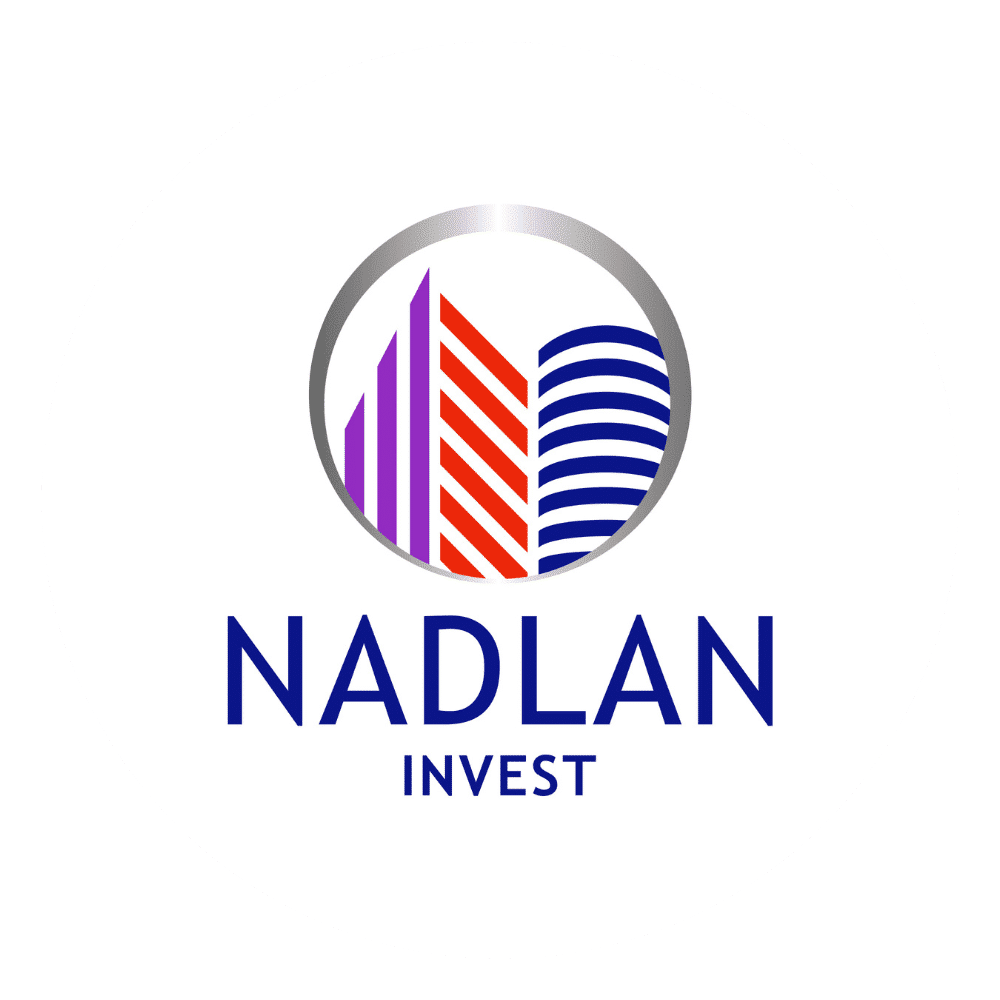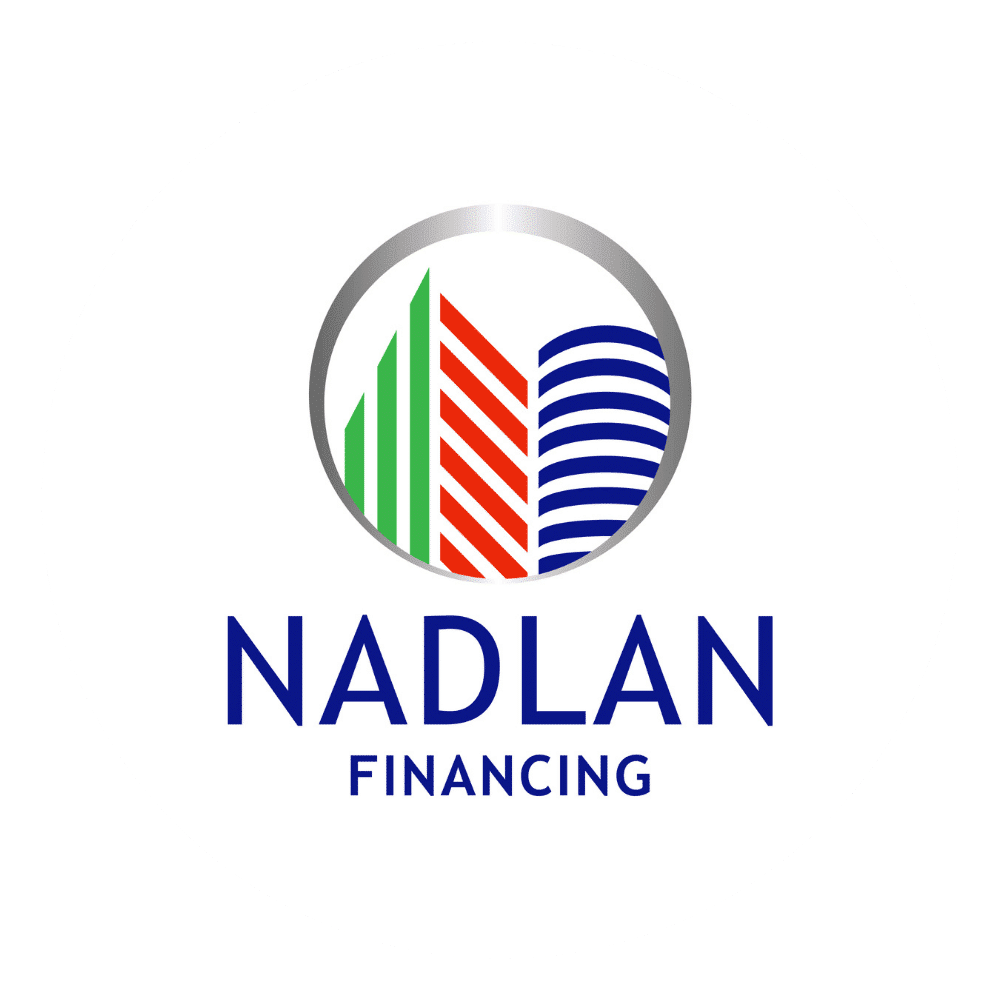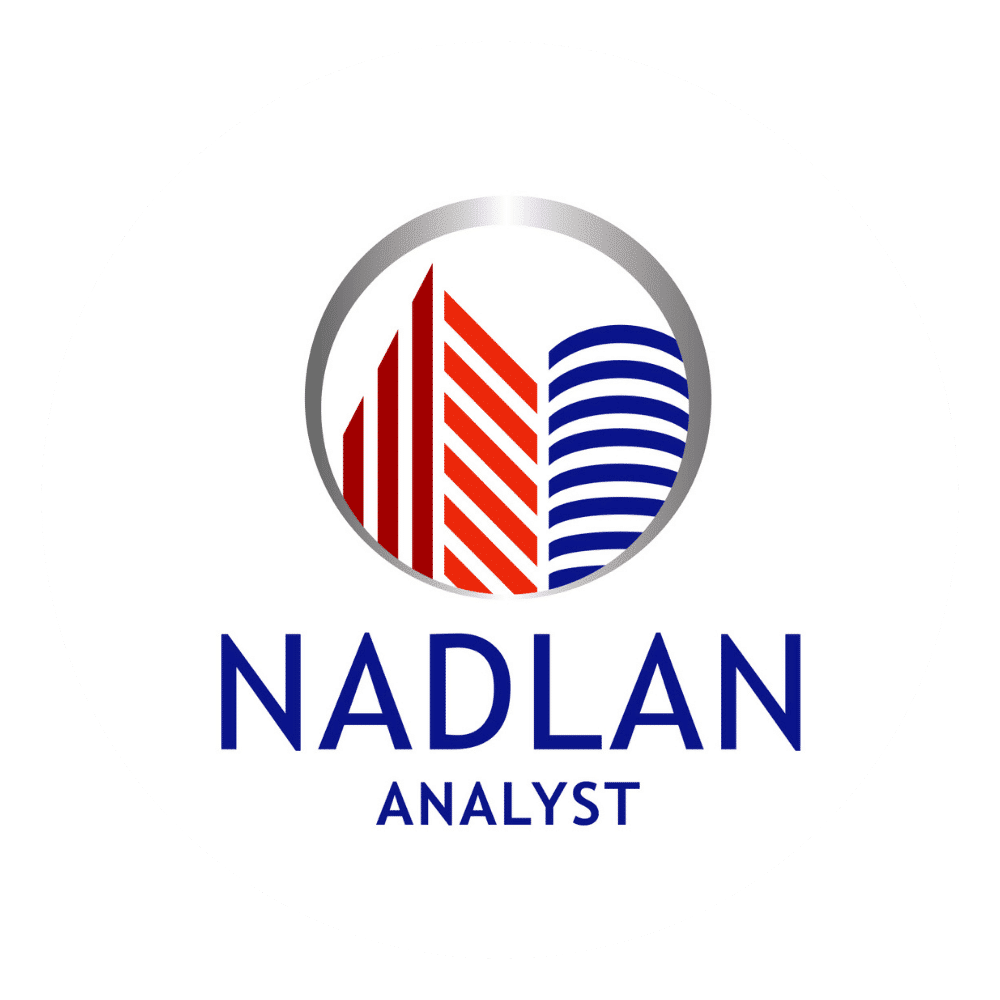The Dallas housing market is likely to collapse in 2022

Dallas Housing Market
The Dallas housing market is booming right now, prices across the Dallas metro have risen 25% year-over-year, and there is no talk of stock in the market. There is no doubt. Much of this has to do with the fact that Dallas is one of America's leading growth markets.
Dallas has added more than 300 people to its population. According to the U.S. Bureau of Population Bureau, it has added nearly a million jobs to its economy. Over the past decade, this steady economic growth has translated into a huge rise in house prices in Dallas. However, it comes at a price and I believe home prices in Dallas may drop significantly over the years, especially in certain neighborhoods and zip codes. So what I'm going to do for all of you, home buyers and real estate investors in Dallas is share exclusive hard data on the housing market in Dallas. So you can figure out if in 2022 it's time to buy or wait for entry into the Dallas housing market, as well as the zip codes and neighborhoods that will have the biggest crash in the future. Without exaggerating, let's get into the data.
Asset inventory in Dallas
And we'll start things off by looking at the inventory and there's no doubt that if you're buying a property or investing in a Dallas Metro real estate now, you know there is very little inventory in the market and you can see it represented on a map where we look at the 11 counties that make up the Dallas Metro area. Fort Worth and their percentage reduction in stock market over the past two years. Thus, for example, the province of the North of the North, which includes cities like Frisco, Plano Allen and McKinney, has seen an 81% drop in registration or two years. It's unbelievable people. The number of homes on the market in Colin County has dropped from 3400 two years ago to just 650 today. Which is why you can see prices rising by 36% in this range, according to Zilo. So what does this mean for you as a potential home buyer or real estate investor across Dallas, Metro is number one.
There are not many homes on the market because of low inventory. Which means that if you find a home you like, you're likely to get into a lot of offers. You may need to bid above the asking price. At the same time, you are buying at a record price - prices have risen by 30% to 40% in two years across the Dallas metro, driving the market to levels never seen before in terms of price point. And you can really get a sense of the growth in the housing market in Dallas. By looking at this graph, where we look at the value of the typical house in Dallas, according to Zilo over the past 25 years, back to the mid-1996s. And here's what I want to refer you to everyone from 2014, to about 2, home values in Dallas only went up by about 1996% a year from 2014 to XNUMX.
A turning point in the Dallas housing market
However, since 2014 there has been a turning point in the Dallas market and prices have started to skyrocket - prices have skyrocketed in the last eight years. They more than doubled themselves and reflected annual growth of about 10% per year since 2014, which puts Dallas in the top 20 of all housing markets in America in terms of valuation over the past eight years. And it certainly undermines the economic growth that Dallas is seeing. There are almost 25 Fortune 500 companies located throughout the metro area. And there’s a whole lot of growth in new work, new population growth, as well as incoming migration of people moving to Dallas, especially people fleeing California cities like Los Angeles and San Francisco. These people usually come to Dallas. They bring with them a lot of money, which pushes apartment prices up. The big result of all this rise in Dallas apartment price growth is that the cost of owning a home across the Dallas metro has risen significantly.
The cost of maintaining a home in Dallas
As can be seen in this graph, the yellow line shows two-year property taxes that a typical Dallas landlord pays. The blue line shows the typical annual mortgage payment, and the green line shows the combination of the two. It can be seen that starting in 2015, the cost of home ownership, mortgage payments, and property taxes began to rise, especially in the past year. Well, the typical annual cost of ownership is now $ 24,000. Over the past 12 months, we have seen this 35% increase and the cost of home ownership in Dallas in just 12 months. And here the growth of the housing market in Dallas is encountering a brick wall, house prices and mortgage payments and property taxes in Dallas are becoming too expensive. The locals can no longer afford it. In early 2022, the average Dallas worker will have to spend nearly 40% of his annual profits to afford a home at the cost of owning a contemporary home.
And that reflects an increase of 30% on average and in the long run for Dallas we will reach 40% from today. And that could go up even more with the rise in mortgage rates in 2022. The end result is that the rise in house prices we've seen in Dallas over the past eight years will not continue as it has. And I believe that not only is price growth going to slow down. The increase is going to be negative over the next few years. However, there is a greater risk of falling prices in some parts of the Dallas metro than in others, especially when you talk about rising prices above wages. There are certain neighborhoods in the Dallas metro that I think are very vulnerable to future price declines because of this improbability, while there are other neighborhoods that I think are less exposed.
The areas in Dallas with the highest risk
And now I'll show you a detailed map at the zip level of all the metro areas of Fort Worth and Dallas. Then you can understand the neighborhoods and zip codes with the greatest risk for future price declines, as well as those that have the greatest confidence in preventing these declines. And really the main thing it comes down to is the basic income and poverty of the neighborhood you are looking at. And that's what we're looking at in this map. Poverty-level targeting analysis across the Dallas metro area. And by and large, you want to be wary of buying in areas with a high poverty rate, because historically these are the kind of neighborhoods that when the situation gets out of control and the price goes down those high slums where the decline is highest, the neighborhoods that unfortunately carry the worst crash there. After these areas on the map in orange, that especially in these neighborhoods, south of downtown Dallas, we have a very high poverty rate, almost a third of the households in these neighborhoods or below the poverty line.
We can also see that Fort Worth has a lot of slums, especially around the city center. I would be wary of buying in these places. Again, historically, these targets have been the most fickle. While if we go north to these gray targets, lower levels of poverty seem to be median incomes in a town like Keller instead of like Roanoke, or a place like South Lake, we see very low poverty levels, and high levels of median income. If we move to Frisco and Plano, we can see the same thing. So I think there is less likelihood of crashing into gray areas, given the lower poverty rates and their high median income. And if you really do an analysis of the housing crash from 2007 to 2012 and look at all the targets in America, those who crashed the hardest in that last crash had high poverty rates and high price increase rates ahead of the crash.
These areas in orange are close to Dallas, and the areas in gray, outside in the remote suburbs, in the richer suburbs, are less risky in my opinion. However, this does not mean that they have no risk. I believe that in the suburbs of Dallas and especially in the suburbs far from the countryside there is a risk of supply of properties as there are a lot of new buildings in Dallas right now. This is something you all need to understand. There is this narrative in the American housing market that is lacking in homes and we are not building enough homes. This narrative certainly does not apply to Dallas, in Texas Dallas is building more new homes and apartments almost more than anywhere else in America. I mean, just look at the people graph where we look at the number of permits pulled out of the Dallas Port metro at the value of new homes and apartment buildings over the last 30 years.
Construction begins in Dallas for 2022-2023
You can see that we are at the peak of these moments, as entered at the end of 2020-2021, almost 79,000 building permits were drawn during the previous 12 months. This is a big leap from where it was even just 15 to 18 months ago. An increase of about 20% in a short time in the amount of construction. And you can also see that we are well above the building and permit levels we saw in the mid-2022s, which was the time when people built too many houses in the mid-2023s. And you can see that Dallas is building more today than they built so all the construction of homes and permits in Dallas is of course good news for you as a homebuyer over the next few years, that means there will be a lot of inventory - new inventory coming to market in XNUMX and XNUMX.
But where's the bad news, all this new inventory will push home and property prices across Dallas. But again, there are big differences you need to consider in terms of supply risk and inventory risk in the Dallas metro market, which you can see in the map above, where we look at the growth of housing units at the focus level. According to the Bureau of Statistics the areas in red are the areas with the most construction starts. And you can see in cities in the north of Dallas and Colin County like Frisco, McKinney, Selena, Aubrey and Little Elm that there are loads and loads of new buildings coming up early. We are also seeing large increases in construction in Northern Worth, as well as in the middle of downtown Downtown and Victory Park in Dallas, where we are actually seeing more single-family homes.
However, there are still large increases in inventory here as well. Meanwhile, the gray areas have far fewer new construction sites like Irving and Arlington, and even the center of Fort Worth. There have, in fact, been declines in housing units in the last four or five years. So you have less likelihood of a housing recession caused by supply in the gray areas. And here you really need to get nuances in terms of your understanding of the risks in the housing market in Dallas. If your neighborhood has a high poverty rate, it means a greater risk of crashing. If your neighborhood has lots and lots of new homes, that means a greater risk of a slowdown in apartment prices and declining apartment prices.
However, more broadly, if you are shopping today at the Dallas Fort Worth Metro, you should expect declines over the coming years. This is just the simple reality of buying in a housing market where prices are at an all-time high. Worst. I think many people do not want to accept this reality. They want to say to themselves, oh, immigration from California will last forever. The increase in work will continue to win. But the reality is that migration trends tend to be cyclical. In California there are a lot of people leaving now. There were also a lot of people who left 15 years ago and 30 years ago.
And at some point, people are likely to return to California. At some point, I know it's hard to understand right now, given what's going on in the country. However, historical migration is cyclical. Do not rely on those buyers from California who will continue to come to Dallas because at some point it is going to relax. And at this point, in the local housing market in Dallas, with an annual cost of $ 24,000 of homeownership for local workers, the local person who has been in Dallas for a long time will break. And at this point, the housing market will really start to struggle. I see potential 15% to 20% declines in house prices across the Dallas metro over the next three to four years. I think these price reductions are going to get worse in slums with a lot of house building. They will not be so bad in richer areas with less house building.
It will be hard to find a home you like with a 70% drop in inventory in two years, most likely with prices at an all-time high and prices going down, especially when mortgage rates go up.













































Responses